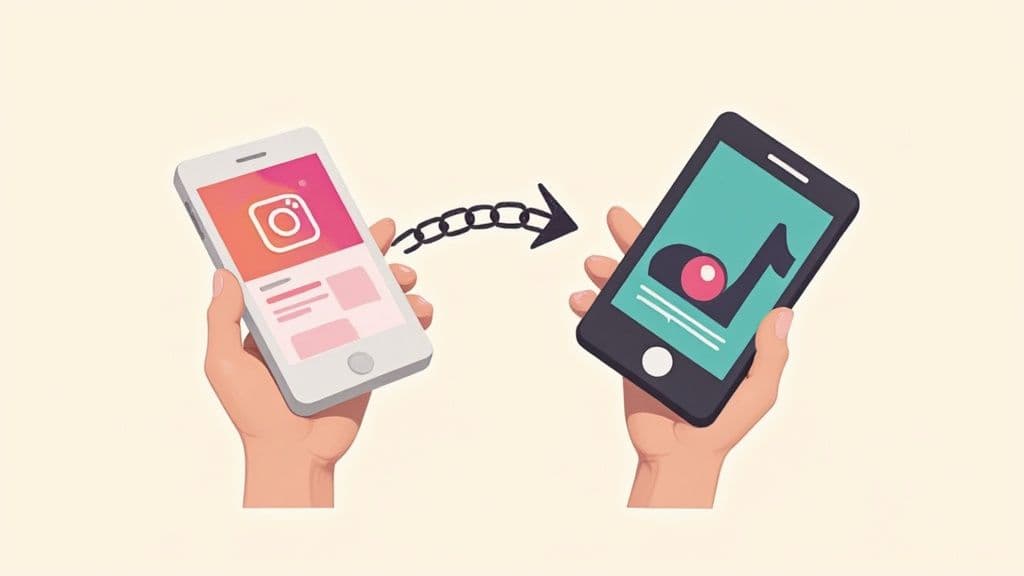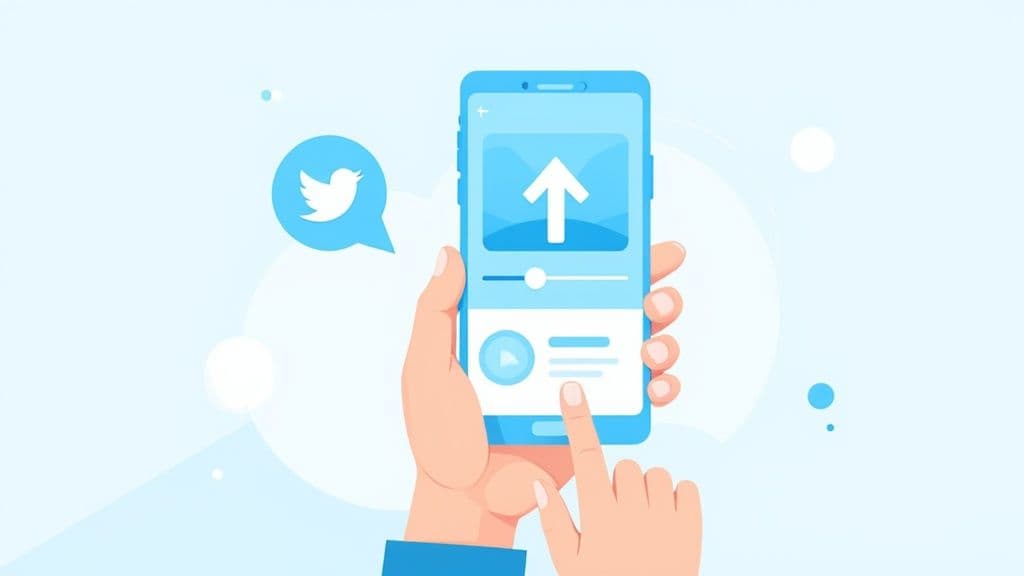
Unraveling the latest trends and tips in tech, development, and collaboration
Explore blog for thought-provoking articles, expert insights, and practical advice on navigating the dynamic landscape of technology, software development, and team collaboration.



LATEST POST
Struggling with LinkedIn company page vs personal profile? This guide breaks down which to use for reach, branding, and growth with real-world examples.
All posts

Discover a proven linkedin content calendar to plan, create, and schedule posts that build authority and drive growth on LinkedIn.

Learn how to perform a social media audit in 10 simple steps to measure performance, optimize strategy, and turn insights into real business growth.

Boost your LinkedIn engagement with 10 proven, data-backed strategies. Learn how to craft hooks, post at peak times, use multimedia, and build authentic conversations that grow your reach and visibility in 2025.

Find the best time to post on LinkedIn in 2025 and boost engagement with smart timing and a reliable LinkedIn post scheduler.

Discover the 10 most effective types of social media content to boost engagement in 2025. Learn how to use videos, carousels, UGC, and more..

Build a winning social media and content strategy. This guide offers actionable advice on planning, creating, and measuring content for real growth.

Discover social media content creation tools to streamline your workflow, compare features, and pick the best fit for your brand.

Learn how linking Instagram to TikTok boosts followers, fixes invalid request errors, and helps you grow both platforms with smart cross-promotion tips.

Learn how to post a video on Twitter with our guide. We cover file specs, mobile vs desktop uploads, and real tips to boost your engagement.
Ready to get started?
Grow your social media presence with Postiz.
Schedule, analyze, and engage with your audience.

Open-source social media scheduling tool
